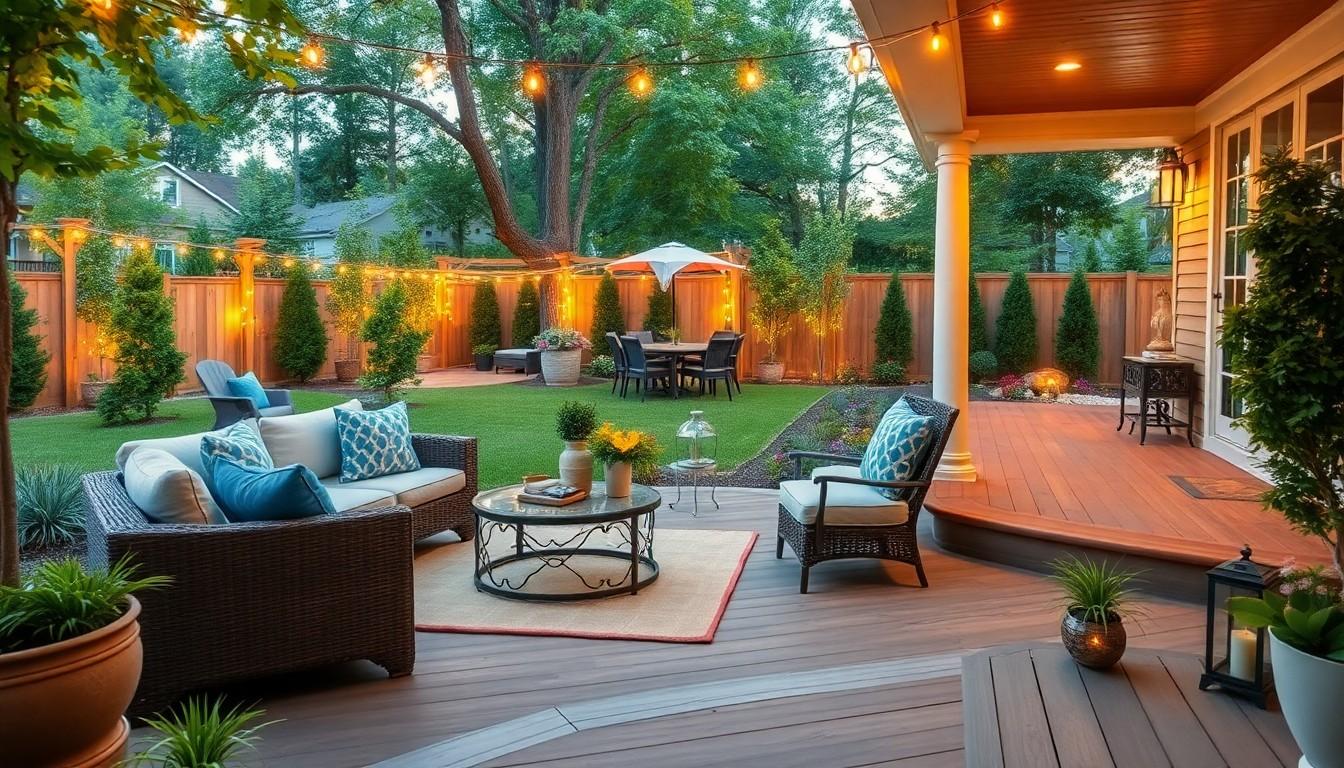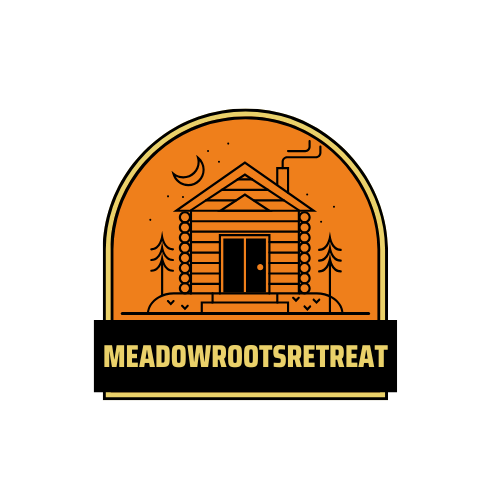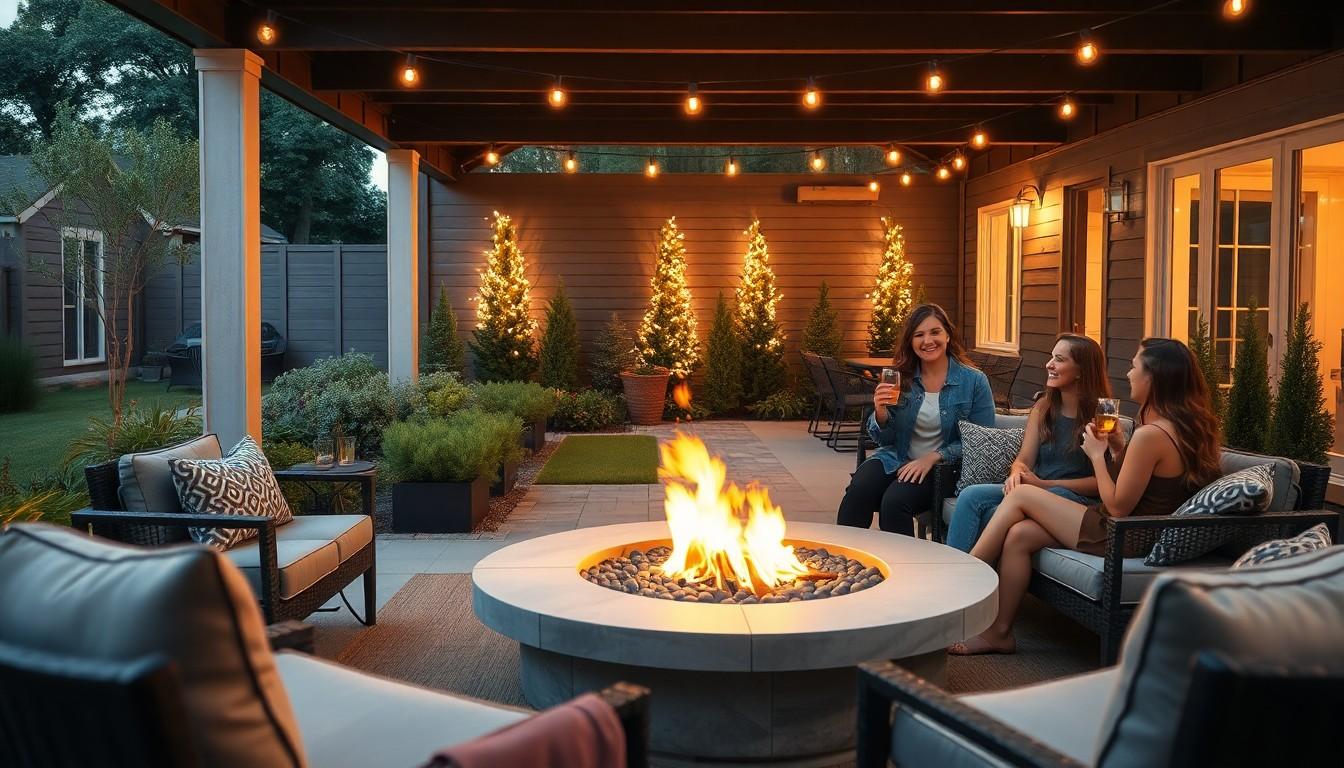Imagine stepping into your backyard and feeling like you’ve just entered a luxurious resort. Custom outdoor living spaces can turn that dream into a reality. Whether it’s a cozy fire pit for s’mores or a chic outdoor kitchen for those summer barbecues, these unique spaces invite relaxation and fun.
Gone are the days of bland patios and uninspired lawns. With a little creativity and a splash of personality, outdoor areas can become the ultimate hangout spots. They’re not just for lounging; they’re for making memories, hosting gatherings, and enjoying the great outdoors—all without the hassle of a crowded beach. So why settle for ordinary when extraordinary is just a few design choices away?
custom outdoor living space
Custom outdoor living spaces transform backyards into luxurious retreats that offer relaxation and enjoyment. These unique environments cater to personal tastes, making outdoor areas more functional and inviting.
Benefits of Custom Outdoor Living Spaces
Custom outdoor living spaces provide multiple advantages. They enhance property value, creating an attractive feature for potential buyers. Outdoor spaces encourage social gatherings, allowing families and friends to connect. They also promote relaxation, offering a serene escape from daily life. Furthermore, tailored designs maximize the use of available space, turning underutilized areas into beloved spots for leisure and entertainment. Investing in such environments leads to a blend of beauty and practicality, aligning with modern lifestyles.
Common Features to Include
When designing a custom outdoor living space, several features stand out. Spacious decks accommodate seating and dining areas, creating enjoyable spots for meals. Fire pits offer warmth and ambiance, perfect for evening gatherings. Outdoor kitchens provide functionality, allowing for seamless cooking and entertaining. Incorporating landscaping elements, such as gardens and trees, enhances aesthetics and privacy. Lighting fixtures improve usability and set the mood, making outdoor spaces enjoyable after sunset. These features together create a cohesive outdoor experience that reflects personal style.
Design Considerations

Designing custom outdoor living spaces involves careful consideration of various elements that enhance aesthetics and functionality. Each step impacts the overall experience, from assessing space to selecting materials.
Assessing Your Space
Start by evaluating the dimensions and layout of the outdoor area. Identify existing features like trees, pathways, and structures that might influence design choices. Determine sunlight exposure, which impacts the comfort and usability of the space. Use measurements to plan seating arrangements and focal points. Visualize how different zones could coexist, such as cooking, dining, and relaxing areas. Assessing your space allows for effective use of available area while promoting a seamless flow throughout.
Choosing Materials and Furnishings
Select materials that complement the outdoor environment while ensuring durability. Consider weather-resistant options like composite decking or natural stone for patios. Choose furnishings that reflect personal style, like wicker or metal seating. Weather-resistant fabrics for cushions enhance comfort and longevity. Opt for lighting fixtures that provide ambiance and security, while focusing on energy efficiency. Choosing the right materials and furnishings enhances both visual appeal and practical use, creating an inviting atmosphere for gatherings.
Popular Trends in Custom Outdoor Living Spaces
Custom outdoor living spaces gain popularity as homeowners seek unique environments for relaxation and gatherings. Notable trends reflect a blend of functionality and aesthetics, enhancing outdoor areas.
Eco-Friendly Options
Sustainable practices shape outdoor living trends, emphasizing eco-friendly materials. Homeowners incorporate bamboo decking, recycled composite furnishings, and native landscaping for minimal water use. Solar-powered lighting fixtures further enhance green living while reducing energy costs. Rainwater harvesting systems efficiently manage water use, promoting sustainability. These choices not only benefit the environment, but they also create a serene and natural atmosphere, ideal for enjoying outdoor time.
Technology Integration
Technological advancements also influence outdoor spaces, integrating modern conveniences. Smart lighting systems allow for customized ambiance settings controlled via mobile devices. Outdoor speakers and projectors enhance entertainment options, providing cinema-like experiences in the backyard. Insulated outdoor heaters extend usability into cooler months, ensuring comfort year-round. Wi-Fi access enables seamless connectivity, fostering a blend of leisure and productivity outdoors. These innovations ensure that outdoor living remains enjoyable, appealing, and functional.
Budgeting for Your Project
Budgeting effectively ensures a smooth process for creating a custom outdoor living space. Understanding the associated costs helps homeowners make informed decisions.
Cost Factors to Consider
Material selection significantly influences overall expenses. High-quality materials, like composite decking or stone features, offer durability but may come with higher price tags. Labor costs also vary based on complexity and project size. Designs featuring intricate layouts or custom finishes require experienced professionals, which can add to the budget. Additionally, utility installations for outdoor kitchens or lighting systems can contribute to total costs. Landscape elements, such as plants and hardscapes, further impact the budget, while local regulations might require permits, adding extra expenses. Prioritize clarity by setting a realistic budget early on.
Financing Options
Various financing options can support outdoor project budgets. Home equity loans provide funds based on property value, enabling access to larger amounts. Personal loans offer flexibility without needing collateral, making them a viable choice. Some homeowners prefer credit cards for smaller expenses due to convenience and rewards programs. Alternatively, contractors often provide financing plans, allowing for manageable monthly payments. Grants or rebates for energy-efficient designs can help reduce costs as well. Assessing these possibilities ensures a customized outdoor living space fits within financial means.

